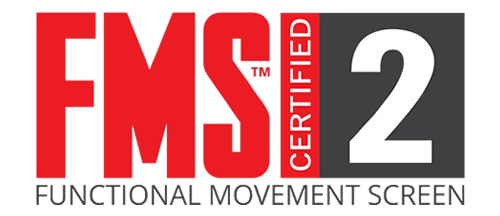Radial Tunnel Syndrome
Introduction
Radial tunnel syndrome occurs when the radial nerve in the arm is compressed. The radial nerve travels through the radial tunnel located on the top (dorsum) of the forearm. The radial nerve can be compressed or irritated in the radial tunnel due to repetitive movements, forceful forearm movements, or injury. Radial tunnel syndrome causes hand weakness and pain in the forearm near the elbow. Most cases are treated with rest, rehabilitation, and splinting. Surgery is used when all other treatments have failed.Anatomy
Causes
Symptoms
Diagnosis
Surgery
Treatment
Recovery
Prevention
If you experience radial tunnel syndrome, you may enhance your recovery my complying with your splint wearing schedule and attending all of your rehabilitation therapy appointments. Practice your home therapy exercise program. Integrate activity modifications to protect your radial nerve.

Copyright © - iHealthSpot Interactive - www.iHealthSpot.com
This information is intended for educational and informational purposes only. It should not be used in place of an individual consultation or examination or replace the advice of your health care professional and should not be relied upon to determine diagnosis or course of treatment.
The iHealthSpot patient education library was written collaboratively by the iHealthSpot editorial team which includes Senior Medical Authors Dr. Mary Car-Blanchard, OTD/OTR/L and Valerie K. Clark, and the following editorial advisors: Steve Meadows, MD, Ernie F. Soto, DDS, Ronald J. Glatzer, MD, Jonathan Rosenberg, MD, Christopher M. Nolte, MD, David Applebaum, MD, Jonathan M. Tarrash, MD, and Paula Soto, RN/BSN. This content complies with the HONcode standard for trustworthy health information. The library commenced development on September 1, 2005 with the latest update/addition on February 16, 2022. For information on iHealthSpot’s other services including medical website design, visit www.iHealthSpot.com.






